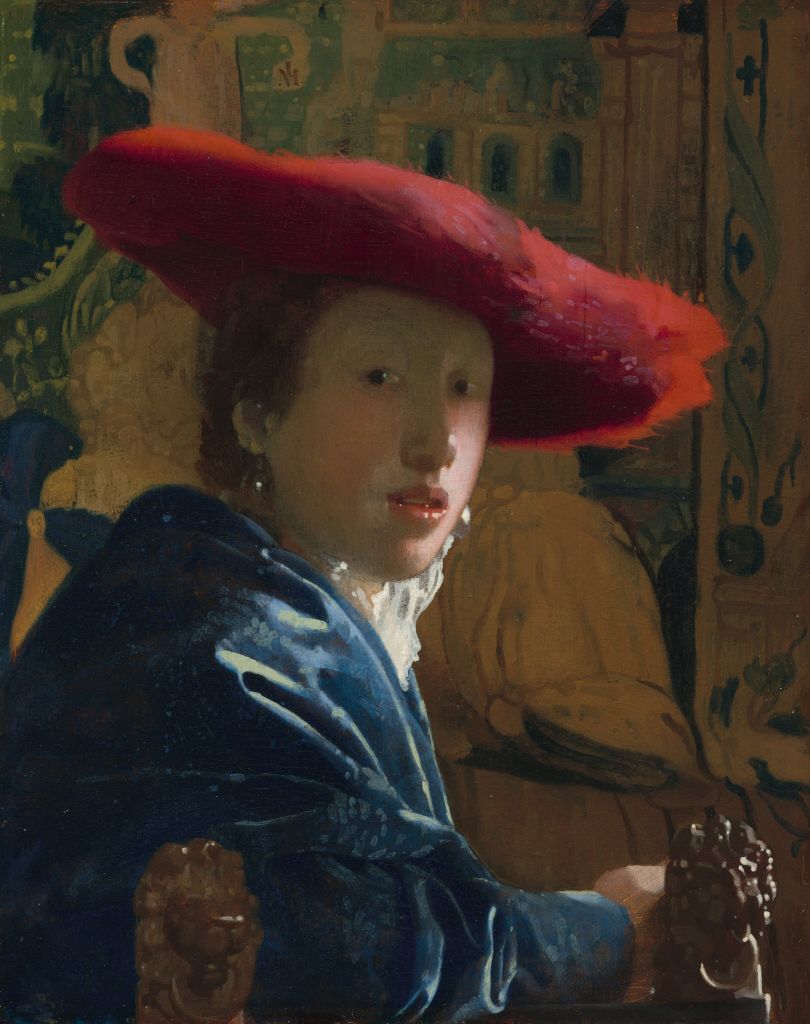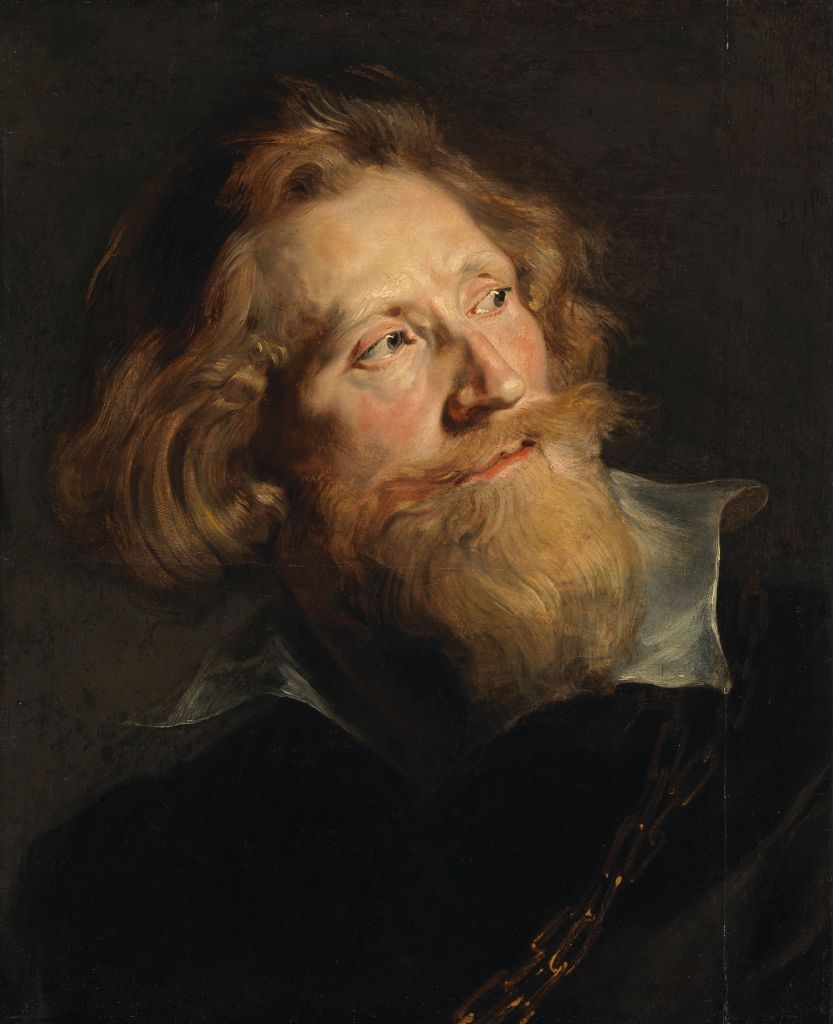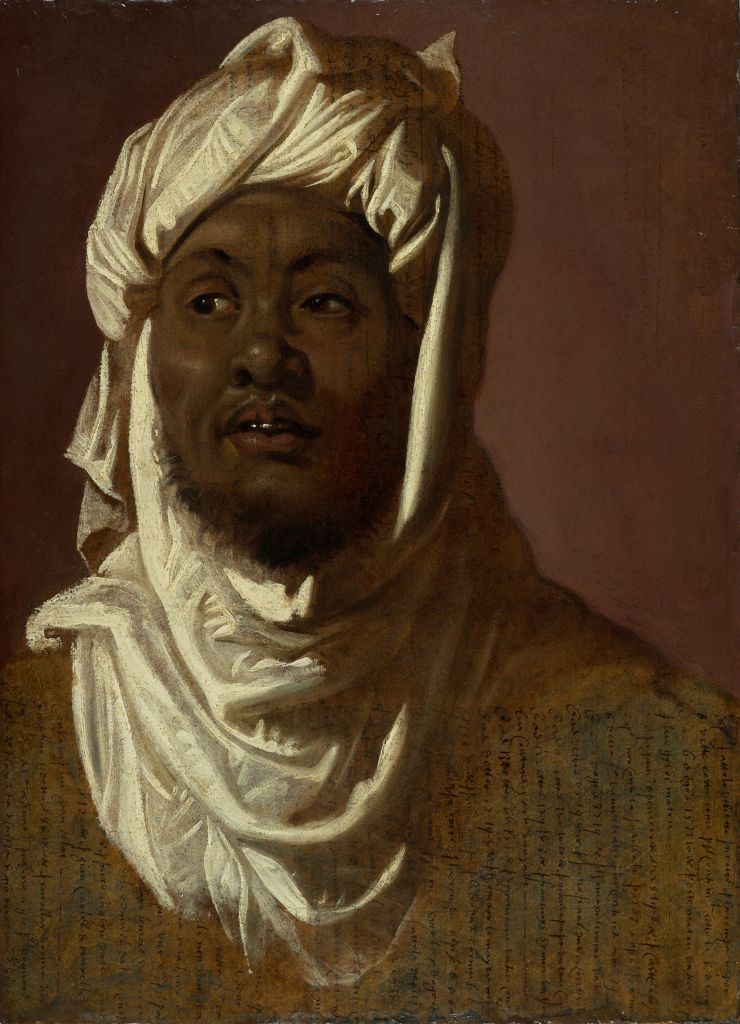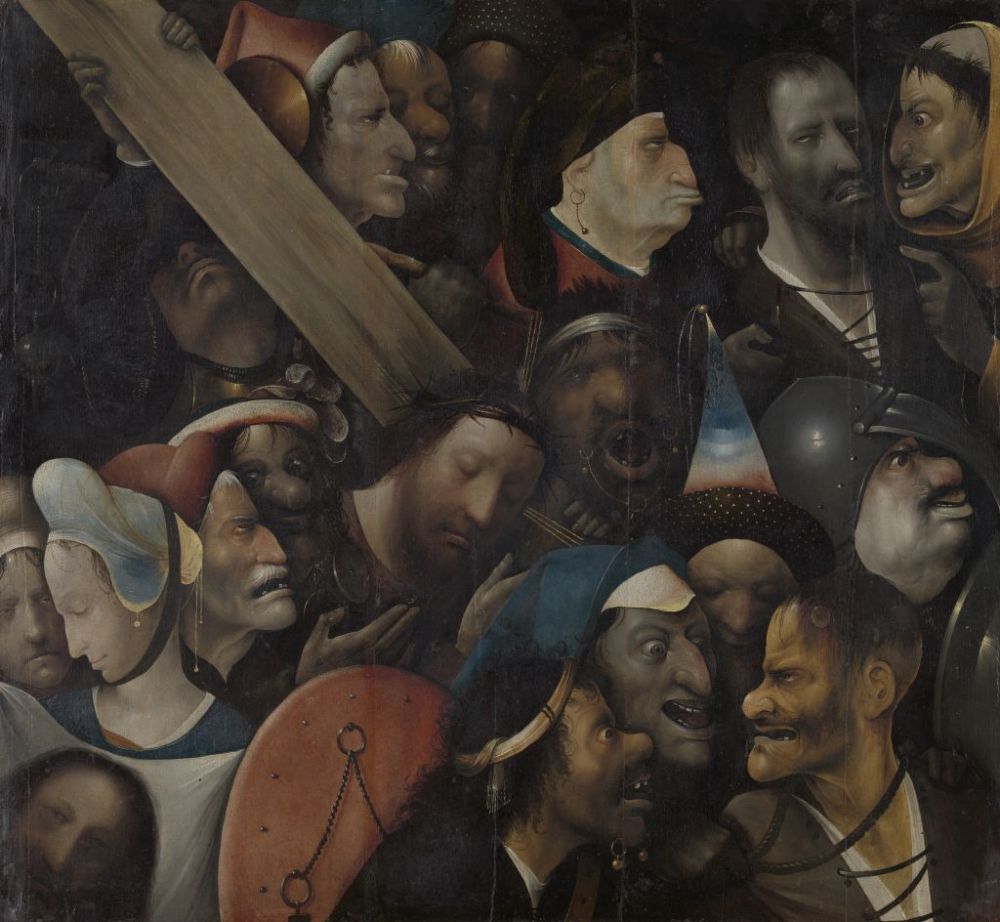Turning Heads
Bruegel, Rubens and Rembrandt
Date:
Faces are very much in the spotlight at the KMSKA this autumn. Our first major exhibition after the museum’s grand reopening focuses on the development of a new genre, the head study.
Interest in the tronie, the old Dutch word for ‘face’ surged in the 17th century, when artists like Rubens, Rembrandt and Vermeer poured their talent into painting the human face. The results are often small, but stunningly painted, drawn or engraved: intimate works that bring us closer to the artist than ever. Never before has the genre been covered so comprehensively. Turning Heads at the KMSKA brings together no fewer than 76 of the most eloquent masterpieces from Belgian and international collections.

Head of a Bearded Man - Peter Paul Rubens, Dublin, Heritage Gift, Denis & Catherine O'Brien, 2016
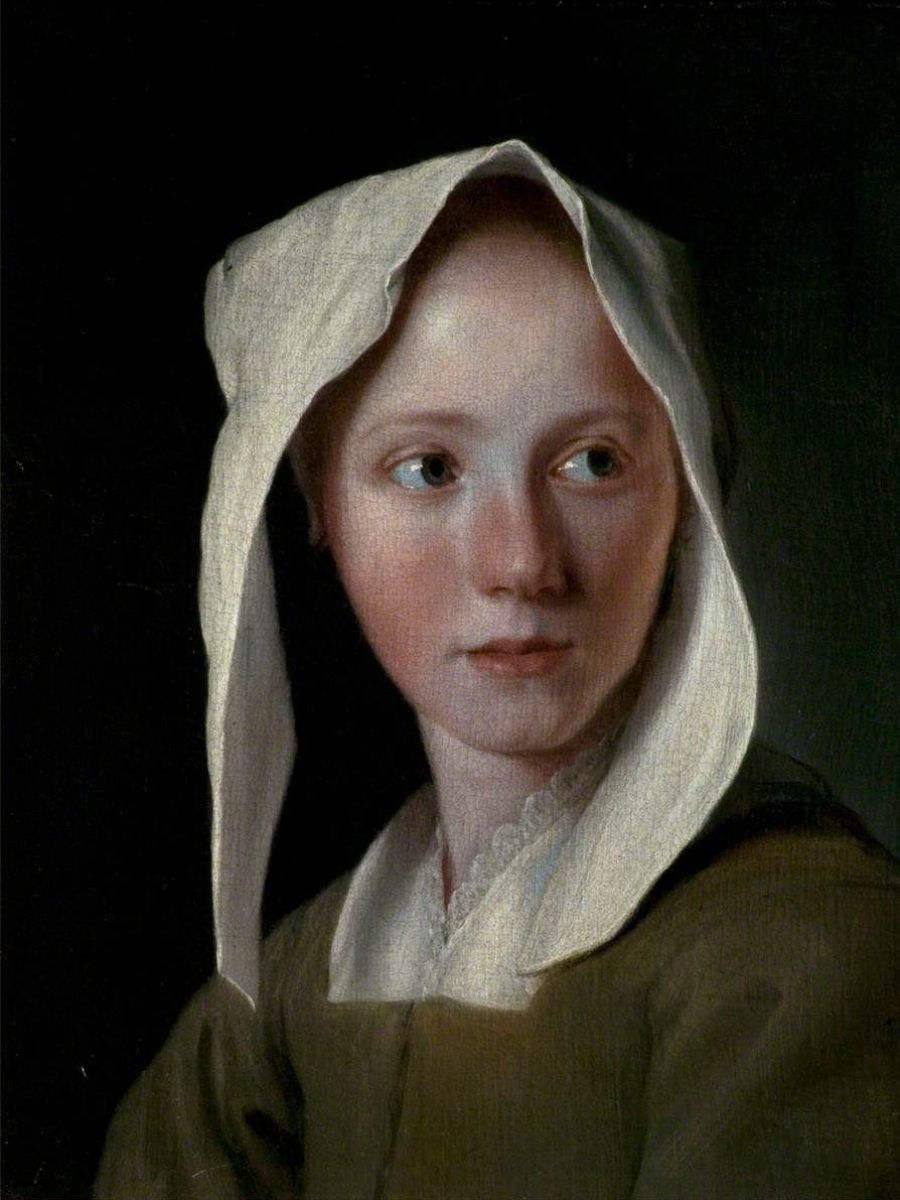
Portrait of a Girl - Michael Sweerts, Leicester Museum & Art Gallery
Artists in the 16th and 17th centuries were responsible for a seismic upheaval. Faces had previously been the preserve of crowded biblical and mythological scenes. Now, however, they were shown individually and in all their glory. They were played with, studied and livened up with costumes and exaggerated expressions. Turning Heads is not an exhibition about portraits. In fact, it is very much not that. Artists like Rubens, Rembrandt and Vermeer used anonymous models to carry out creative experiments on their own initiative. Models who did not have to be recognizable. Who gave up their ‘image rights’ as it were and did not require to be named. Those are the kind of heads we are showing in the exhibition. Entirely ordinary people, just like you and me. Whose faces tell their own story.
Turning Heads allows you to follow the genre’s evolution through five themed strands. Beginning with a 15th-century prelude and concluding with a final few 19th-century holdovers, while mainly focusing on art from the 17th century. Rubens and Rembrandt are our guides and crop up constantly throughout the exhibition.

Study for Balthazar - Peter Paul Rubens, The J. Paul Getty Museum

The Laughing Man - Rembrandt van Rijn, Mauritshuis, Den Haag
The human face is ubiquitous, whether in adverts, selfies or on TikTok. It feels as if we have always been surrounded by faces, but nothing could be further from the truth. Getting here was a long journey. Turning Heads takes you on an amazing trip back through time to the 16th and 17th centuries, in a one-to-one, personal and intimate encounter with individuals bursting with character. At the same time, we are convinced that a hands-on approach encourages different ways of looking. Which is why you will get the chance to unleash their inner artist by making digital face studies of their own. Complete with unusual headgear, funny expressions or powerful lighting effects. In between the galleries, that is, to give a moment’s pause.
This exhibition is a collaboration between the KMSKA and the National Gallery of Ireland. Upon the exhibition's conclusion at the KMSKA, it will travel on to Dublin (24.02.2024 - 26.05.2024).
The highlights
